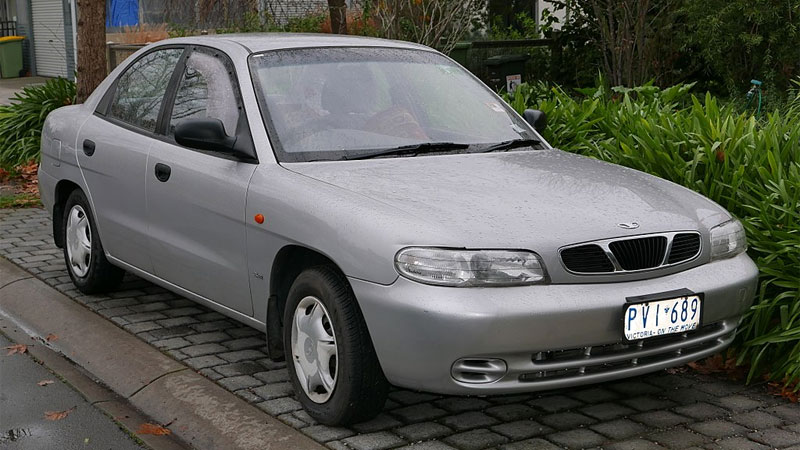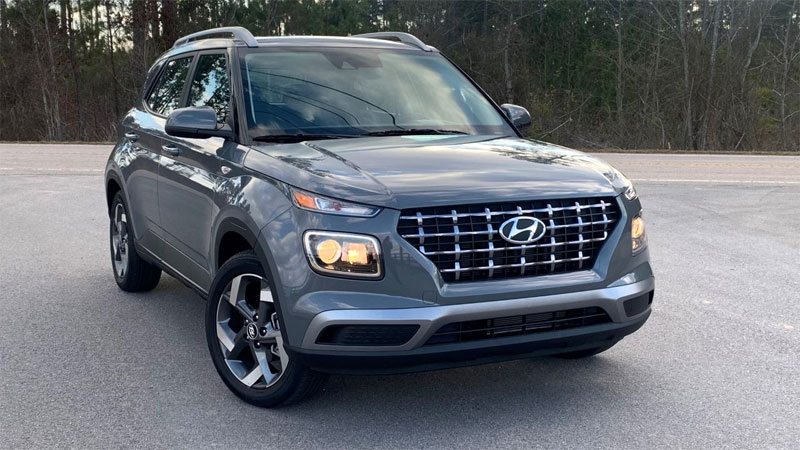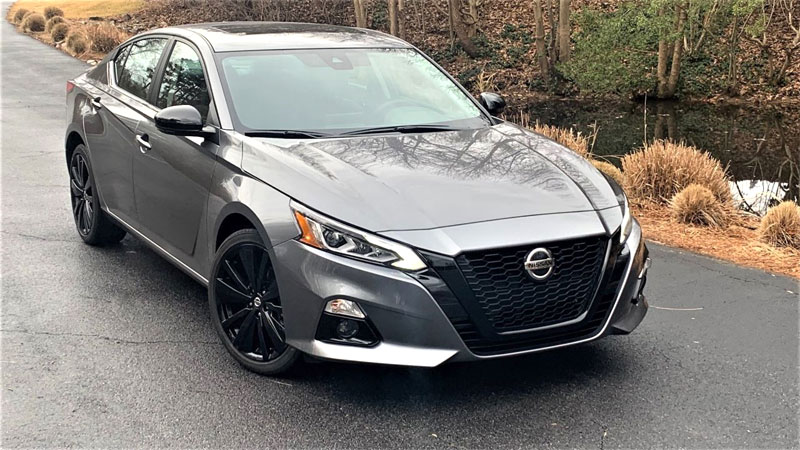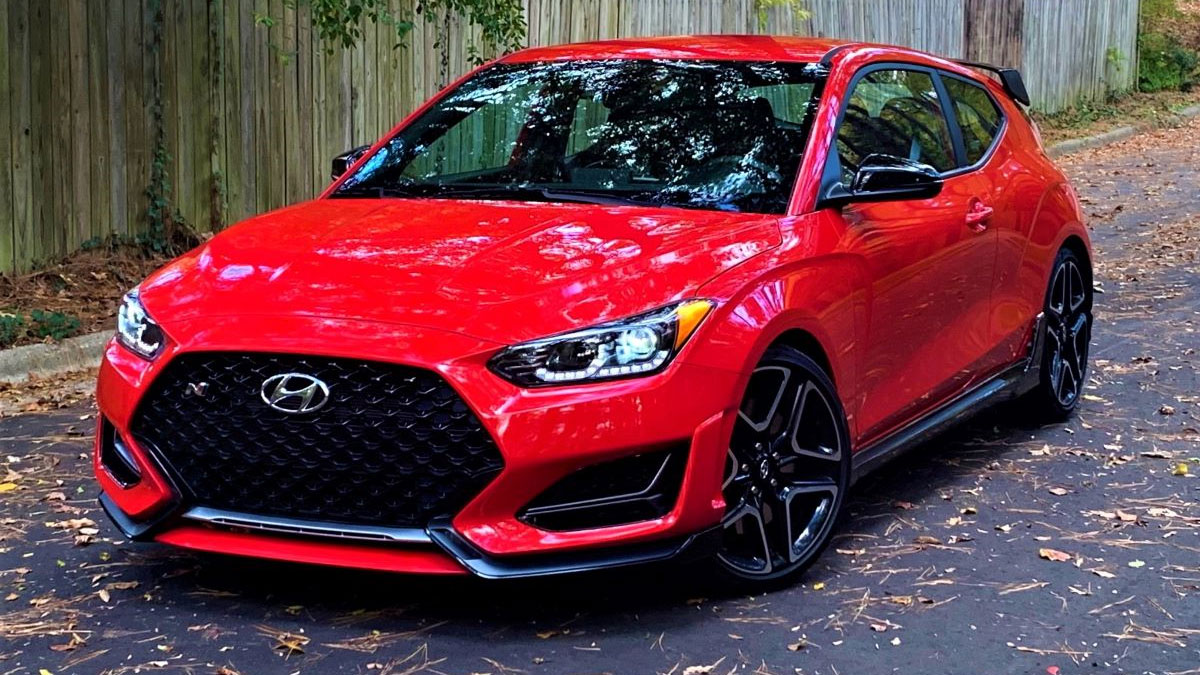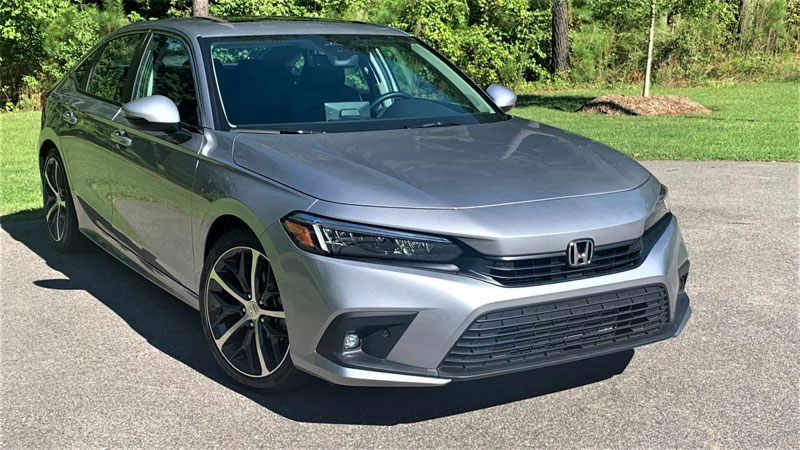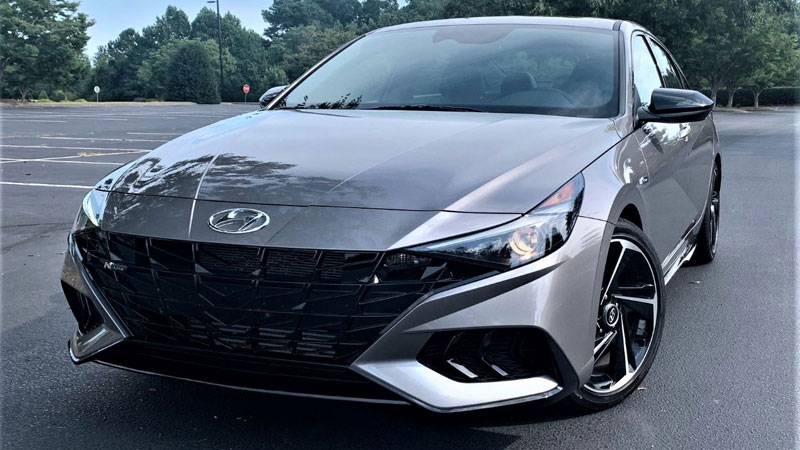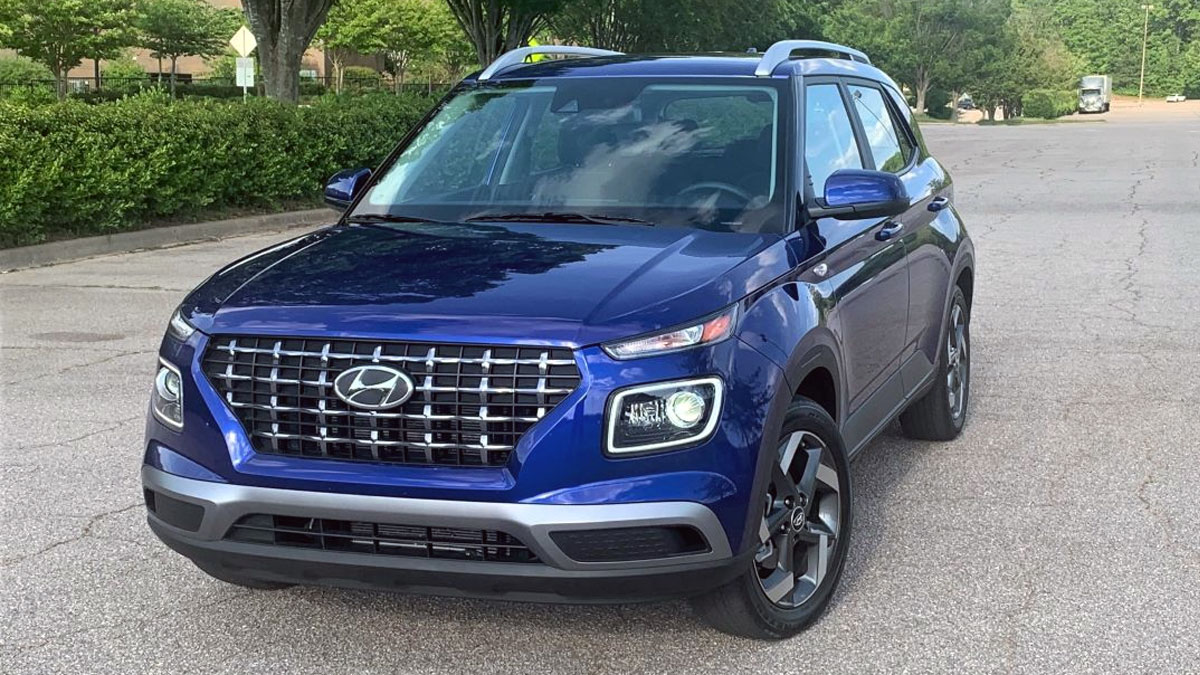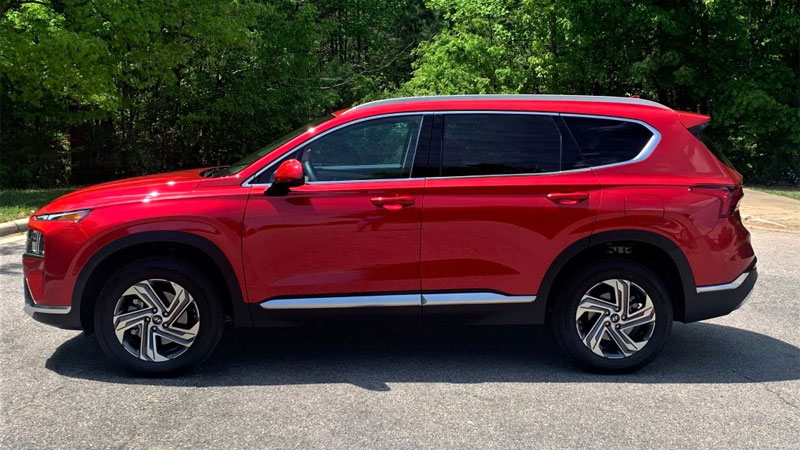Used Car Bargain Bin: Daewoo Nubira
Sold worldwide, the Daewoo Nubira is a compact sedan, hatchback, or station wagon manufactured between 1997 and 2004. This is one of the few cases where the car was truly available on most continents. Models have sold in the United Kingdom, Africa, Europe, Australia, and briefly even in North and … Read more

